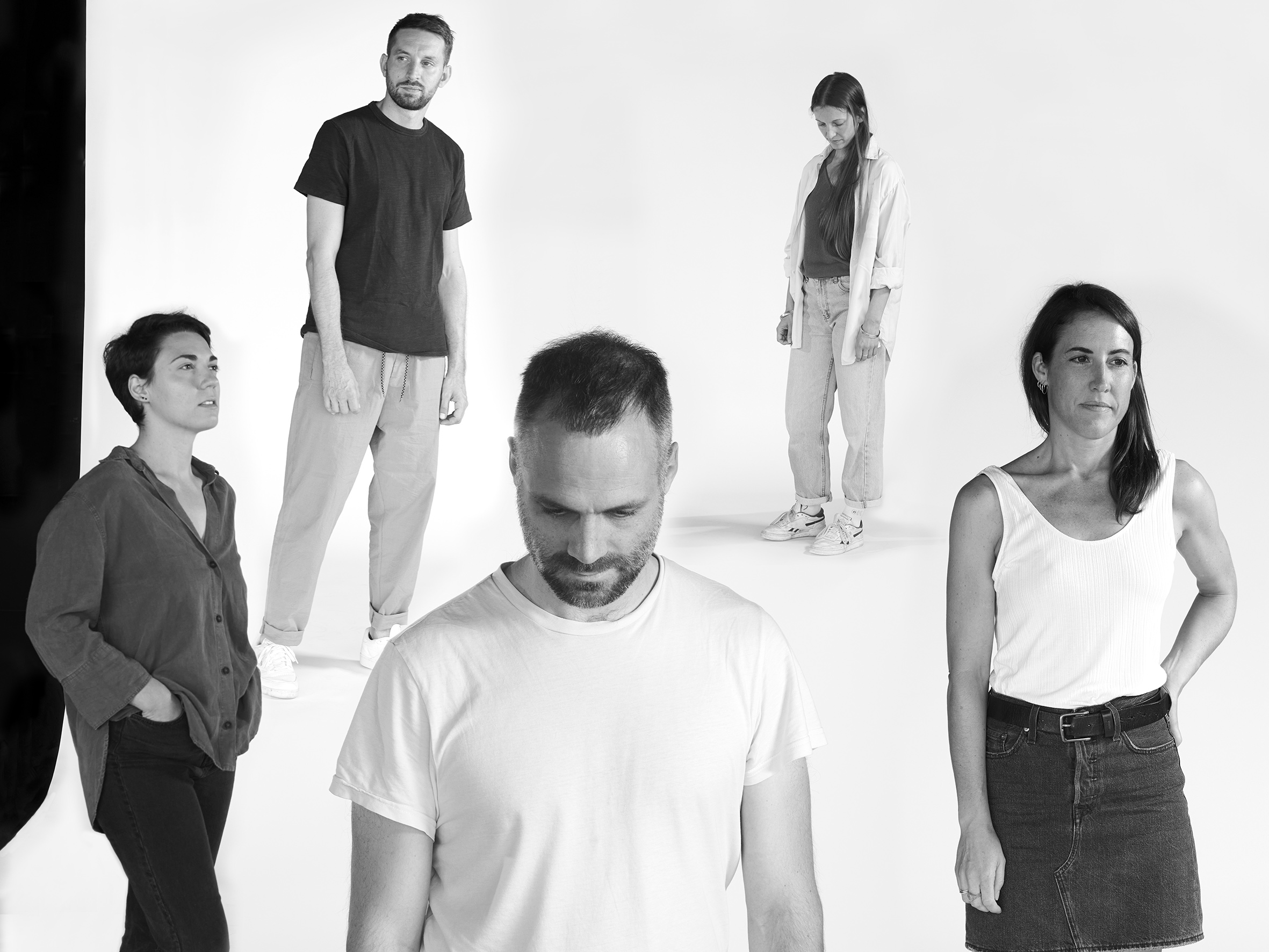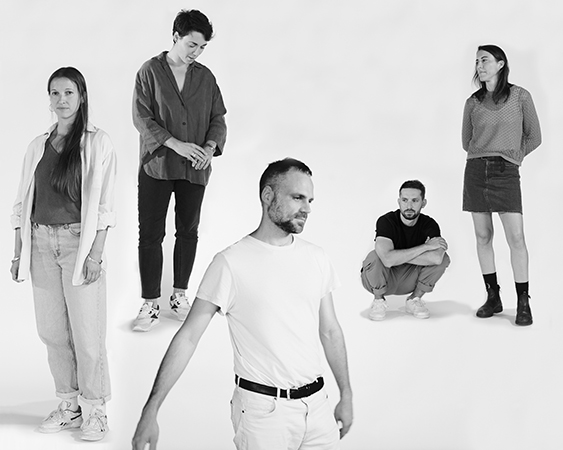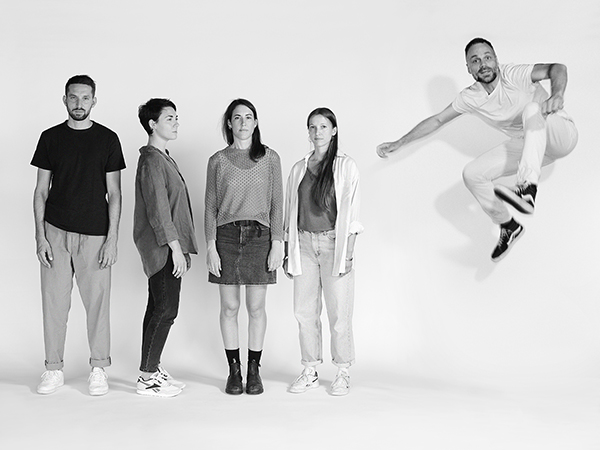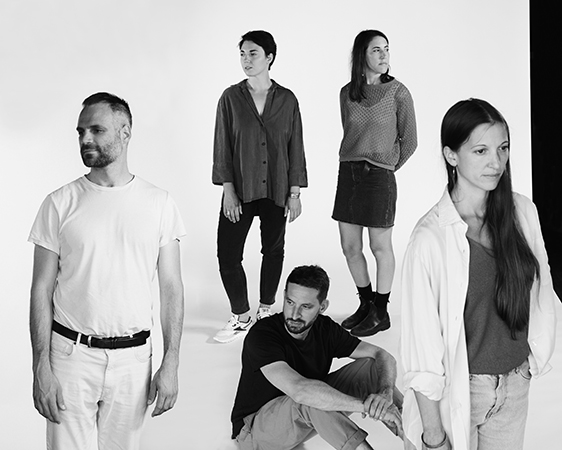Ticino is Burning
A vision from Italian-speaking Switzerland
Swiss Performing Arts Award 2022
Behind the deliberately provocative name “Ticino is Burning” are five independent artists – Alan Alpenfelt (b. 1982), Elena Boillat (b. 1988), Camilla Parini (b. 1984), Francesca Sproccati (b. 1984) and Simon Waldvogel (b. 1987) – who work in Italian-speaking Switzerland. They set up TIB to reflect on production in the performing arts and build a network. As the group’s name is intended to suggest, they aim, through proactive communication, to tackle the complexities of artistic exchange between Ticino and the rest of Switzerland. Their vision is to create new forms of coexistence between independent artists and local event organisers in Ticino as well as other linguistic regions of Switzerland. At the same time, they highlight the region’s peripheral position, the lack of Ticinese representatives at national events, and differences in pay.
Equipped with a research assignment from Pro Helvetia in 2020, the movement set out to achieve their objectives by contacting players from right across the Swiss performing arts scene. TIB presented their case at events including the M2ACT symposium organised by Migros Culture Percentage in 2021 at Gessnerallee in Zurich,, with the TIB meets FIT project – an exercise in co-creation and horizontal collaboration between the artists of the movement themselves and the management of the FIT International Theatre Festival, with the support of the Lugano LAC in an ongoing and evolving relationship – and appeared strikingly dressed as a palm tree, symbolising the southerly canton. The goals of their dialogue between Switzerland’s cultural scenes are to build bridges across linguistic divides and explore new models of collaboration. They also seek contact with established institutions in Ticino, to look into a collaboration based on equal rights and solidarity between independent artists and longer-standing organisations.
A recent promotional campaign for Switzerland’s southernmost canton featured images evocative of a mysterious, faraway world, exotic yet within easy reach. With an action that is at once rupture and rapprochement, “Ticino is Burning” shakes up our image of romantic otherness, bringing us back to reality and inviting us to address the specific challenges of our country’s cultural diversity. They remind us that, once we move beyond facile stereotypes, the peripheral regions are not actually that far away, and are certainly less wild than their purported exoticness leads us to believe.
Cristina Galbiati, jury member









